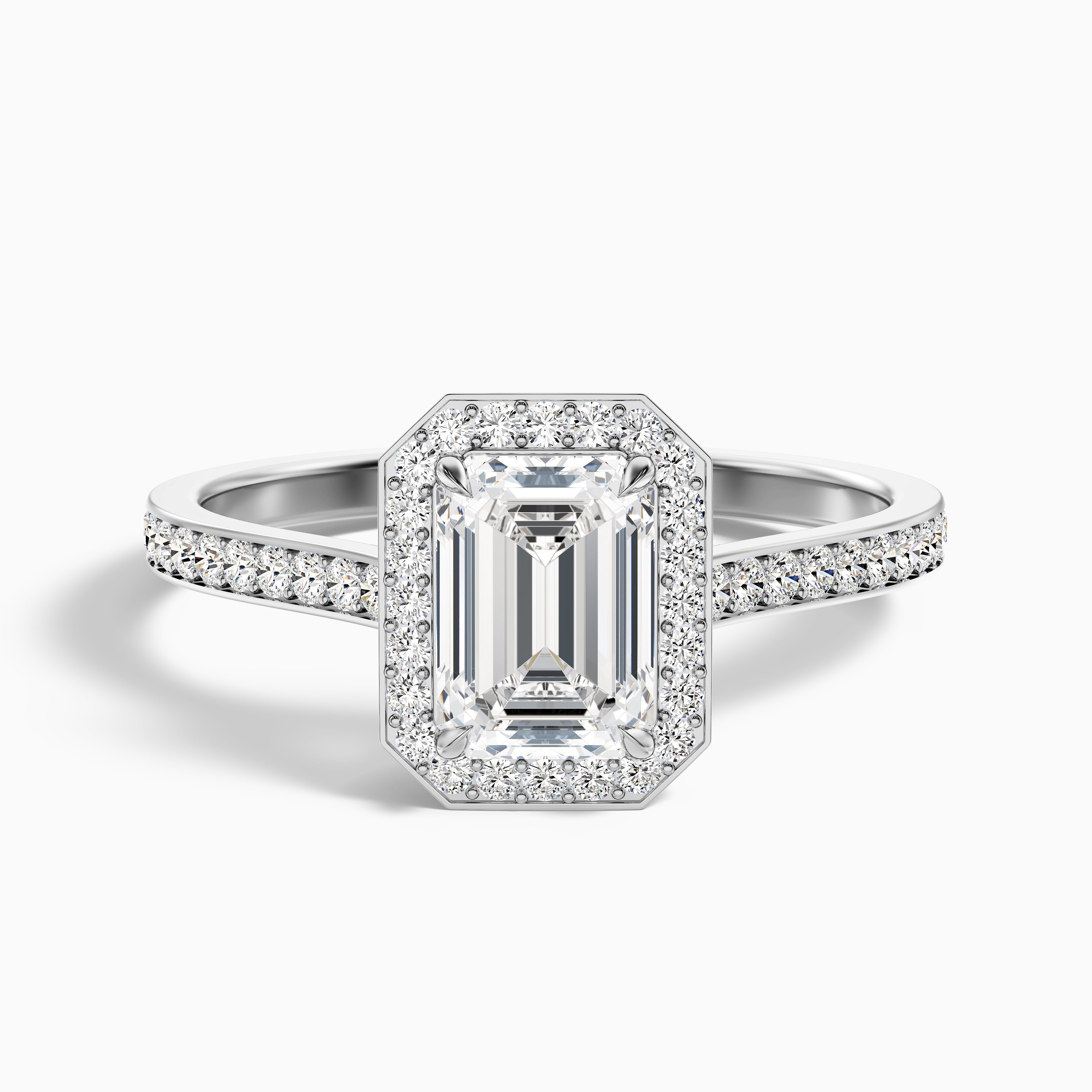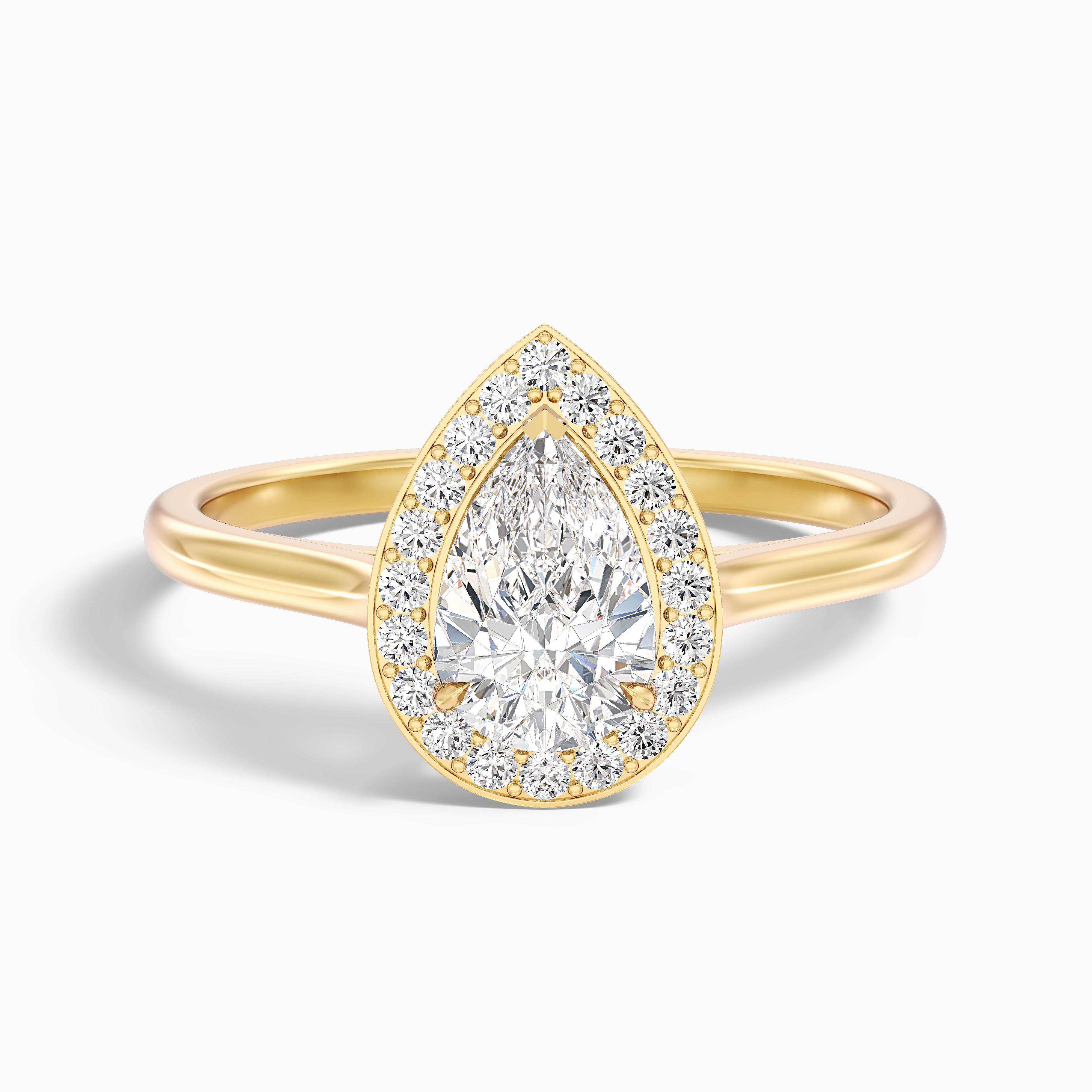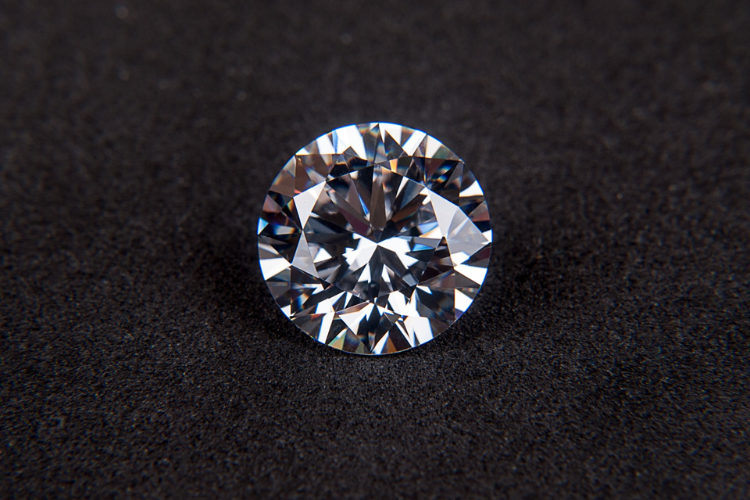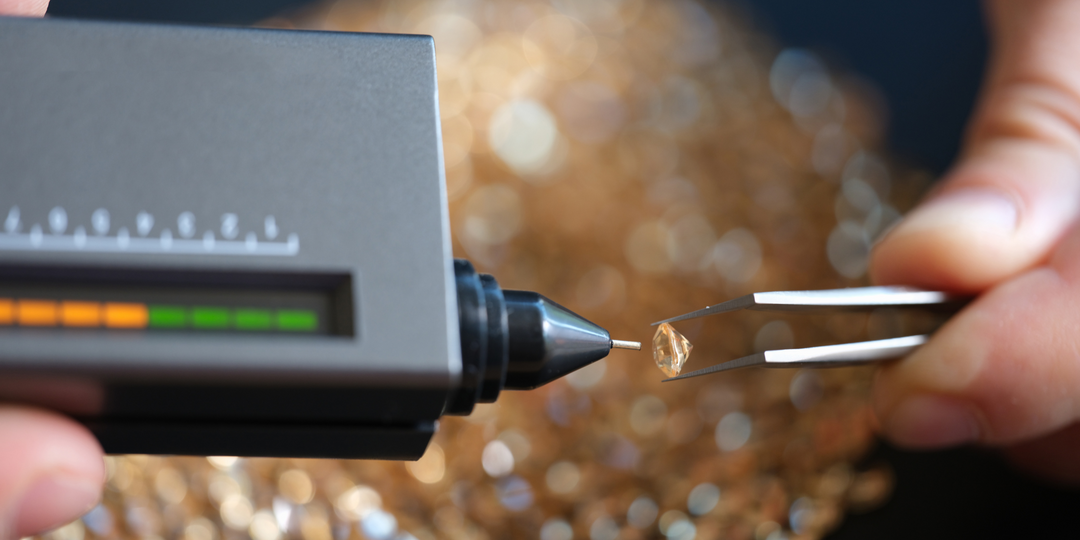Do Lab Grown Diamonds Pass a Diamond Tester? Find Out Here

Lab grown diamonds are shooting up in popularity, offering you a brilliant sparkle without that daunting price tag you’d expect from a mined stone. Yet, savvy shoppers often wonder: Do lab grown diamonds pass a diamond tester? That said, it’s a good question; after all, you want to be sure about what you’re getting.
In light of rising lab grown diamond’s popularity, finding an answer to this question comes down to unpacking how diamond testers work and what they actually measure. Since lab grown and natural diamonds share identical chemical makeup and crystal structure, the answer hinges on physics more than marketing. Let’s dive in and along the way, you’ll find expert insight, real-world examples, and tips to shop with confidence.
What are Lab Grown Diamonds?

Lab grown diamonds aren’t the knockoffs you might have glanced at in cheap jewelry; they’re genuine diamonds from top to bottom, literally atom by atom. As it pertains to composition, they boast a perfect 10 on the Mohs hardness scale, share the same cubic crystal lattice as earth-mined stones, and radiate that signature fire and brilliance. Here are two different ways through which lab diamonds are made.
- High Pressure High Temperature (HPHT): This approach mimics the conditions in the deep crust of the Earth. A tiny diamond seed is buried in carbon, then heated to about 1500 °C under pressures exceeding 1.5 million pounds per square inch. The carbon breaks down around the seed to produce a diamond by crystallizing layer by layer.
- Chemical Vapor Deposition (CVD): In a vacuum chamber, carbon-rich gases (like methane) are ionized using microwaves or lasers. A diamond seed is then covered with carbon atoms, which "rain" down on it to form the crystal structure atom by atom.
That core similarity, their atomic makeup, is the reason why lab grown diamonds test as real diamonds. I remember when I first held a radiant-cut CVD diamond in a Brisbane jeweler’s showcase; it felt identical to the mined stones on display. From my perspective, it was like comparing twins separated at birth. In fact, a small boutique in Perth reported that the majority of their clients couldn’t tell the difference between a lab grown diamond and one that is mined.
How Does a Diamond Tester Work?
To answer “Will lab grown diamonds pass a diamond tester?”, you need to peek under the hood of these gemstones, literally. Most affordable units hinge on two main physical properties:
Thermal Conductivity Testers
- Principle: Diamonds are top-tier heat conductors. These testers heat a probe that you touch to the stone’s surface.
- The Test: The device times how fast heat dissipates from the probe into the gem. Genuine diamonds, whether mined or lab grown, shunt heat so efficiently that the tester beeps “diamond.”
- What They Detect: They excel at separating diamonds (high thermal conductivity) from softer simulants like cubic zirconia or glass (much lower conductivity).
Electrical Conductivity Testers and Dual Testers
- Principle: Most diamonds (Type IIa) conduct heat well but hardly any electricity. In contrast, Moissanite, a top simulant, conducts both heat and electricity.
- The Test: These testers also measure electrical conductivity. If the stone passes the heat test but conducts electricity, it’s probably moissanite.
-
Dual/Multi-Testers: Professionals love these because they combine both sensors.
They’ll display:
- High Thermal + Very Low/No Electrical = Diamond (naturally mined)
- High Thermal + High Electrical = Moissanite
- Low Thermal = Simulant like CZ or glass
That said, cheap thermal-only testers can mislead you if you’re testing moissanite instead of a diamond.
Limitations and Accuracy. It’s crucial to note that most handheld testers are simulant detectors, not origin detectors. In other words, they will confirm, “Is this a diamond, or is it something else like CZ or glass?” They will not say “natural” versus “lab grown.”
- Key Limitation: High thermal conductivity is identical for both lab grown and natural diamonds. So, when you ask a question like, “Will lab grown diamonds pass a diamond tester?” The answer is absolutely yes, with thermal-only testers.
- Caveat: If a tester is faulty, think dead batteries, a misaligned probe, or significant inclusions, the gem might “fail.” But that’s rare with quality lab grown stones.
Do Lab Grown Diamonds Pass a Diamond Tester?
The short answer? YES, they’ll almost always pass a standard thermal conductivity diamond tester.
Why is that? It boils down to physics: lab grown diamonds, whether created via HPHT or CVD, share the exact thermal profile with mined diamonds. When the tester’s heated probe touches the stone, the heat wicks away at the same lightning-fast rate. That’s why these devices chirp “diamond” for both types.
So, do lab grown diamonds test real? If you define “test real” as “pass a thermal tester,” then yes, without exception. Both lab grown and natural stones meet that criterion.
Exceptions and Common Confusion: Moissanite can throw a wrench in the works. Since Moissanite also boasts high thermal conductivity, a thermal-only tester will happily label it “diamond.” Hence, someone might mistakenly believe their lab grown diamond “failed” if they were actually testing moissanite or misreading a dual tester’s electric readout.
It’s like using a metal detector that beeps for gold and brass; it can’t tell you which is which without an extra sensor.
Difference Between Diamond Testers and Moissanite Testers
Terminology here can trip you up. Let’s clear it up:
Diamond Tester (Thermal Only):
- Measures only heat dispersion.
-
Can’t tell those three apart, only separates diamond/CZ/moissanite from softer simulants.
Moissanite Tester (Electrical Conductivity):
- Measures electrical flow.
- Flags moissanite (high electrical conductivity) and remains silent on “diamond” (low/no electrical conductivity, natural or lab grown).
- Can’t differentiate natural from lab grown diamonds, either.
Dual/Multi-Testers:
- Combine thermal and electrical sensors.
- Display separate indicators or readings:
- Diamond Result: High Thermal + Low/No Electrical = Natural or lab grown.
- Moissanite Result: High Thermal + High Electrical = Moissanite.
- Other Result: Low Thermal = Simulant like CZ or Glass.
Why Some Testers Fail to Distinguish Moissanite:
- Cheap “diamond testers” often lack the electrical sensor needed for moissanite detection.
- Users might not understand their tester’s settings or how to interpret results.
- Some testers aren’t regularly calibrated, leading to false positives or negatives.
What Professionals Use:
- Reputable jewelers rely on top-tier dual-testers or lab-based spectroscopic tools.
- They know “diamond” on a tester only means “this stone behaves like diamond thermally.”
- To confirm origin, they inspect inclusions under magnification (flux patterns in HPHT stones) or review grading certificates.
Best Practices for Testing Lab Grown Diamonds
Since the answer to do lab grown diamonds pass diamond tester devices is a “yes,” here’s how you can be extra sure you’re dealing with a genuine, correctly labeled lab grown diamond:
Use Professional-Grade Dual/Multi-Testers:
- Don’t rely on sub-$100 thermal-only testers you find online.
- Dual testers confirm it’s a diamond (thermal) and rule out moissanite (electrical).
- Real World example: A family-run jeweler in Hobart invested in a professional unit and reported a significant increase in accuracy in separating moissanite from diamonds last year.
Check Certification Religiously:
- The most trustworthy step.
- Look for IGI or GIA reports that explicitly state “Laboratory-Grown.”
- These certificates detail the 4Cs and often include a laser inscription on the girdle.
-
Data-backed claim: According to the GIA mandate, all lab-grown diamonds over 0.15 carat should be laser-inscribed with their certification number.
Combine Multiple Methods:
- Visual Inspection (Loupe/Microscope): Skilled gemologists identify indicators of development in CVD diamonds or metallic flux remains in HPHT stones. But remember, this demands expertise; don’t rely on it alone.
- Certification Verification: Cross-check the certificate’s ID with the issuing lab’s database.
- Dual Tester Use: Confirms it’s diamond, not moissanite or a low-quality simulant.
-
Buy from Reputable Sources: Stick with established jewelers or trusted online retailers specializing in lab grown stones, like CaratBee. They’ll happily provide certification and explain the origin story.
Should You Be Concerned About Testing Lab Diamonds?
Your concerns differ based on whether you’re buying or selling:
For Buyers:
- Peace of Mind is Key: The main worry is simply: “Is this a genuine diamond?” Since lab grown diamonds will undoubtedly pass a diamond tester, concentrate on confirming their source.
- Certification is Your Shield: The tester tells you “diamond” or “not diamond,” but only the certificate ensures it’s lab grown, and details cut, color, clarity, and carat.
- No Need for “Tricking” Testers: Lab diamonds aren’t out to hoodwink anyone. They pass testers precisely because they’re real diamonds. Your goal: confirm ethical sourcing and clarity on origin.
For Sellers:
- Transparency is Paramount: Always disclose “lab grown” upfront. It prevents disputes and fosters trust.
- Emphasize their Reality: These stones aren’t “fake”; they’re the same carbon structure as mined stones. Passing a tester isn’t a loophole; it’s proof of authenticity.
- Highlight Certification: Show the grading report and explain why it matters. This is your “gold star” for honesty.
- Use Accurate Language: Say “lab grown,” “lab-created,” or “cultured diamond.” Don’t slip into “synthetic” and risk confusion.
Conclusion
So, “Do lab grown diamonds pass a diamond tester?” Resoundingly, yes. Their identical atomic structure to mined diamonds gives them similar thermal conductivity, prompting standard testers to confirm them as genuine. While basic thermal testers can’t separate them from Moissanite, professional dual-testers nail down “diamond” status while ruling out Moissanite.
Yet, remember: the ultimate assurance springs from a reputable certificate by IGI or GIA. In the end, lab grown diamonds offer a brilliant, ethical, and cost-effective choice, and they pass the fundamental test with flying colors. Rest easy knowing you’re holding a real diamond, whether it grew under Earth’s crust or in a cutting-edge lab.
CaratBee makes it simple to discover certified, ethically produced lab grown diamonds that are reliable. Shop confidently with free shipping and resizing, and reliable certification. Plus, get expert advice and admire diamonds that shine just as brightly as the original ones.







